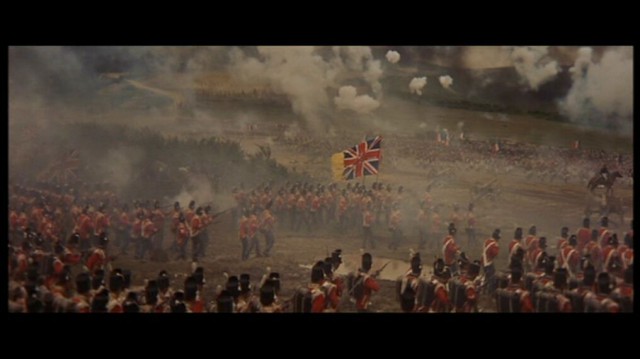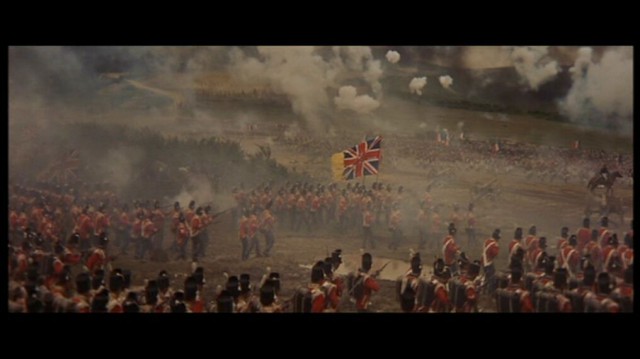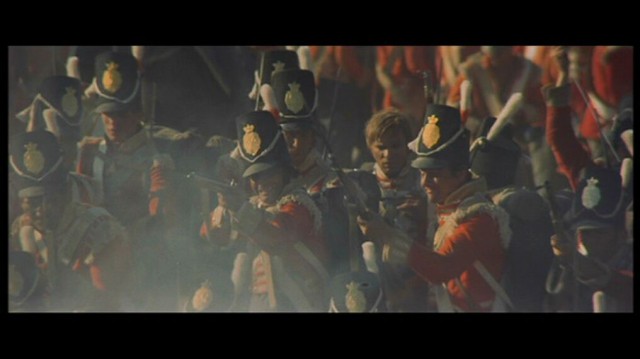The 1970 war flick Waterloo was a modest film, to say the least. It had quite well-known stars in its cast and won a number of awards upon its release. However, it bombed at the box office when it came out and was met with a less than positive response from moviegoers and critics alike. The whole Waterloo campaign and the days leading to it may have been too big to capture on screen. But there is one thing that made 1970 war movie stand out from the rest in the said genre — its impressive and very lavish battle scenes incomparable to today’s CGI animation solely because every horse that fell down, every soldier marching on, every explosion happened as they did.
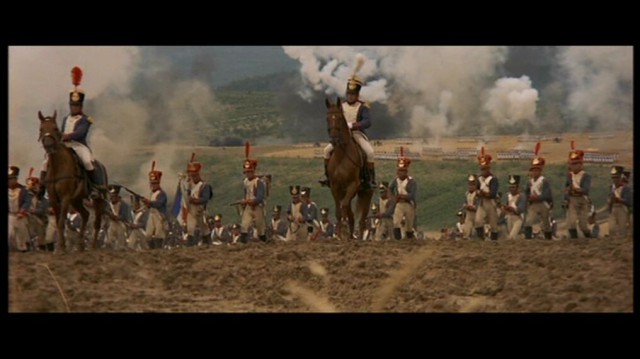
Waterloo was an Italian-Soviet production directed by Russian filmmaker Sergei Bundarchuk and centered not just on the Battle of Waterloo itself – which will reach its bicentenary this coming June 18, by the way – but also in the days that led to the campaign which we know as the Hundred Days.
The whole Waterloo movie runs for a total of slightly a little more than two hours long though the Russian version of the picture runs for a total of four hours. Throughout that time, it jumps from talking to dancing to, definitely, a lot of fighting scenes.
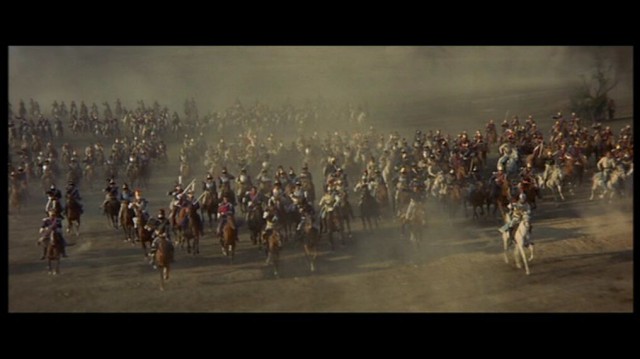
All in all, the whole Waterloo production employed 15,000 real soldiers along with 2,000 cavalrymen as extras. Added to that were fifty circus stunt riders to do the risky stunts like falling of horses and such.
How was the team behind Waterloo pull up a production this massive in those days when CGI was still unheard of? The answer is simply because the team did not make it the traditional way.
For Waterloo, producer Dino De Laurentiis flew up to the Soviet Union despite it being the middle of the Cold War and with the movie’s cast was entirely made up of British and American actors. De Laurentiis was able to use director Bundarchuk, who was Russian, to deal with the Soviets. This deal they struck up not only allowed them to film the whole Waterloo movie in the USSR but also that they could access Russian men and equipment at unbelievably basement prices.
Because of the said deal, the Soviet Army ended up lending fifteen thousand of its men to play soldiers for Waterloo. In addition to that, there were also engineers and an entire cavalry brigade. The soldiers – who stayed throughout the duration of the filming in tents placed near the “battlefield” – were trained to give them authentic Napoleonic airs for months while the other 2,000 had a more intensive training since they were required to load and fire muskets for the cameras.
Meanwhile, the engineers were put to work to make up the realistic battlefield as seen in Waterloo.
The feature’s filming took place on a farmland which was located near Uzhhorod, a city of Ukraine. To make the whole area more authentic, engineers were tasked to build roads – all five miles of them. They also planted a lot of trees within the area and built farmhouse replicas at the middle of the “battlefield”. Perhaps the most extreme feat they did with the piece of land allowed to them for the filming of Waterloo was clearing away – by means of bulldozers – two hills within the area.
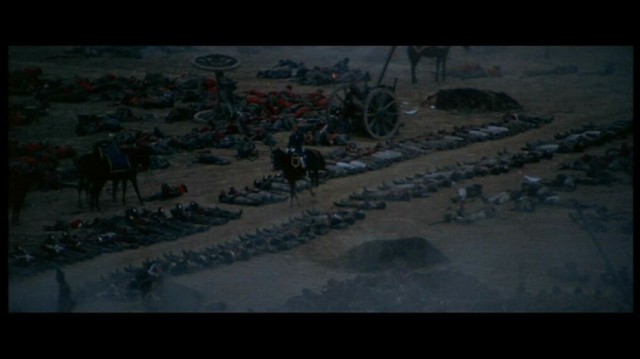
With a production this big and number of extras – real soldiers at that – this huge, it was even believed that during the making of Waterloo, its director had the world’s seventh largest army in his command. And that he used . . . to make up the marvelous battle sequences for the movie.
In the end, Waterloo had the final bill of USD$40 million which, by 1970s measures, make it one of the most expensive films ever made throughout the filming history. If the movie had not been shot in USSR that time, its cost would have been double or triple the above-mentioned amount.
This said, Waterloo is quite a tedious movie to watch. Most of the scenes that do not involve fighting are dragging to look and listen as the screenplay’s not that great.
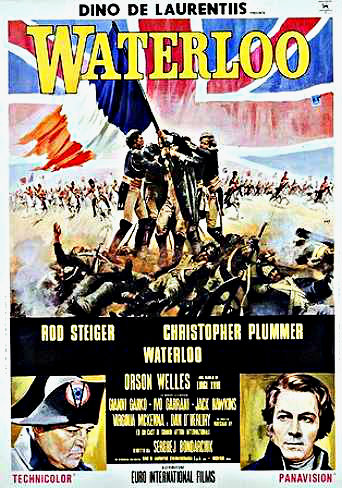
But the battle scenes are another story. Men, are they epic!
